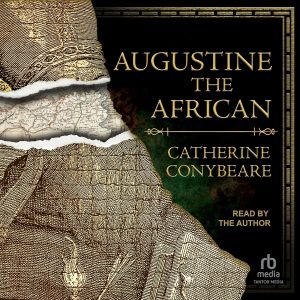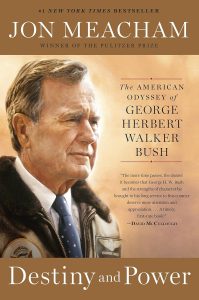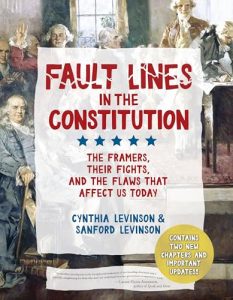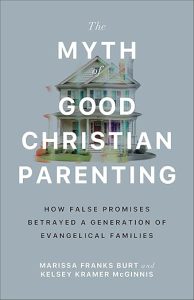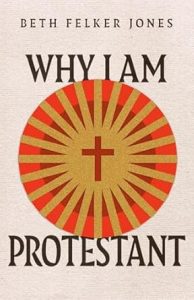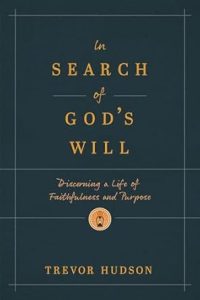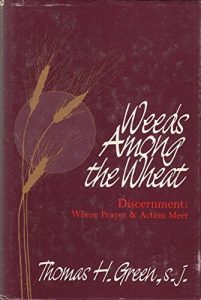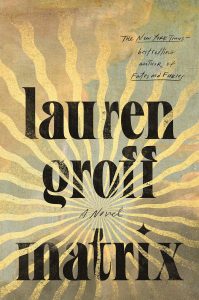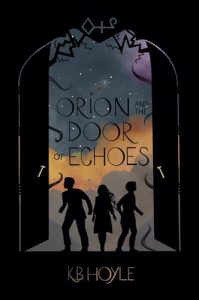 Summary:Orion continues to discover more about himself and those around him, leading to more questions.
Summary:Orion continues to discover more about himself and those around him, leading to more questions.
I have once again caught up with KB Hoyle’s writing and read every books she has written, most of them more than once. This series I have read aloud to my 10 year old. Mostly we do reading while he is building legos or sketching and I don’t do it regularly enough. When I was about half way through this second book in the series, I started reading ahead on my own and finished it in two nights of reading past midnight. I am going to be impatiently waiting on the completion of the series. (I think that Hoyle said that it was going to be six or seven books, so it will be a while before it is done.)
In the first book, we learn about Orion. He is an orphan being raised by his adopted grandmother. Until someone tries to kill him and that triggers a series of events. The discoveries about who he is unfold slowly and at the very end of this second book they are still coming. I understand the reasoning behind this slow unfolding, but I also understand why Orion the character is frustrated with the fact that things are being kept from him. Orion is not actually human. He is from another world and was smuggled to Earth to keep him safe. But the attempt on his life mean that he is no longer safe on earth. He comes to live the solar system that we identify with Orion’s Belt, a series of three planets with multiple stars that have three interrelated groups of people.
Most people have powers that were given to them from the stardusts that came about when a nebula exploded long ago. (This is a series that is on the line between fantasy and science fiction. The powers are presented as science, but it verges on magic.) The powers tend to be related to the planet your family is from, but there are people whose parents are from different planets who have mixed ancestry and therefore a combination of powers. Orion is one of those. He comes to live with a foster family who are protecting him and hiding his true identity, which gets revealed, in part, in the first book. There is a secondary reveal in this second book.
